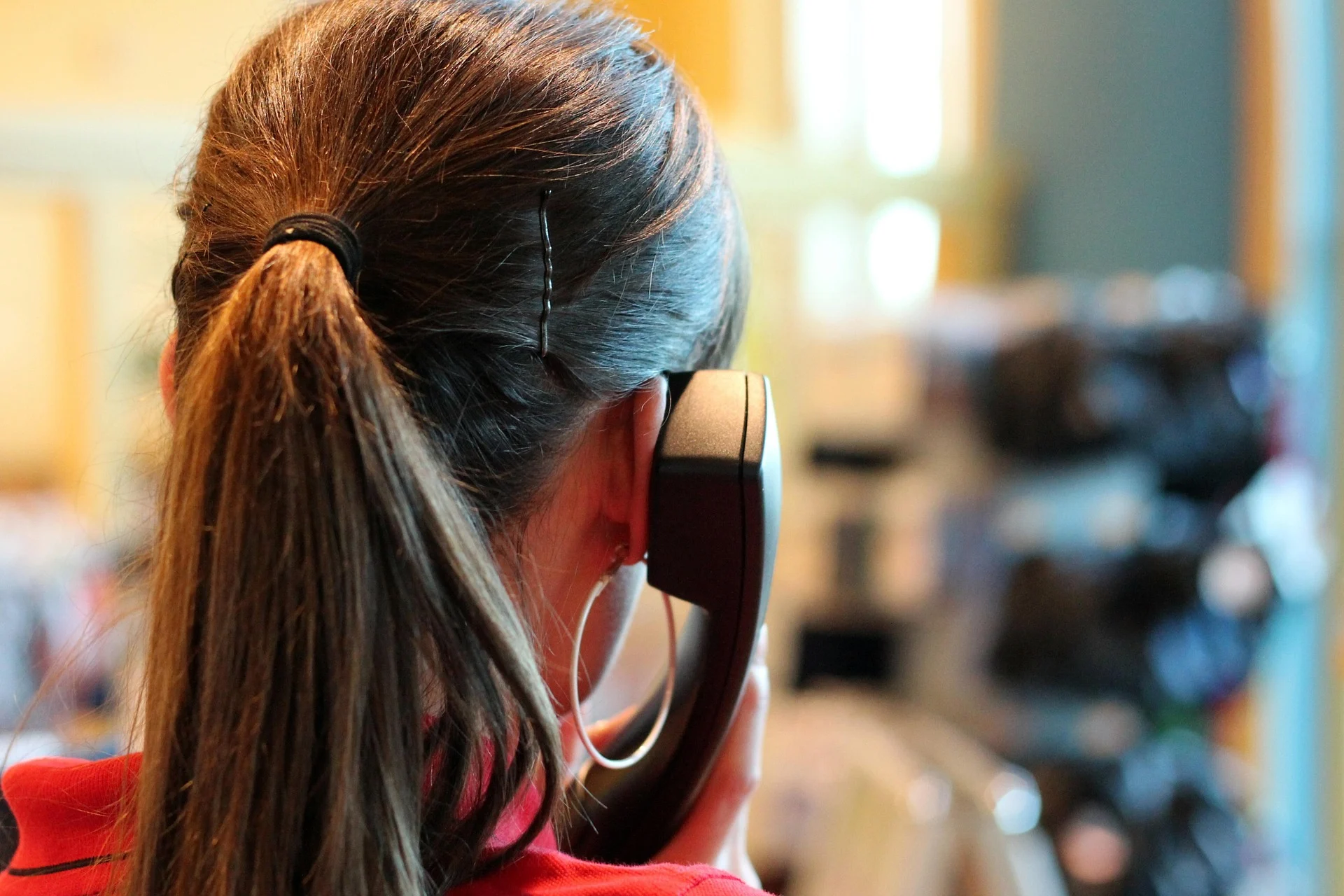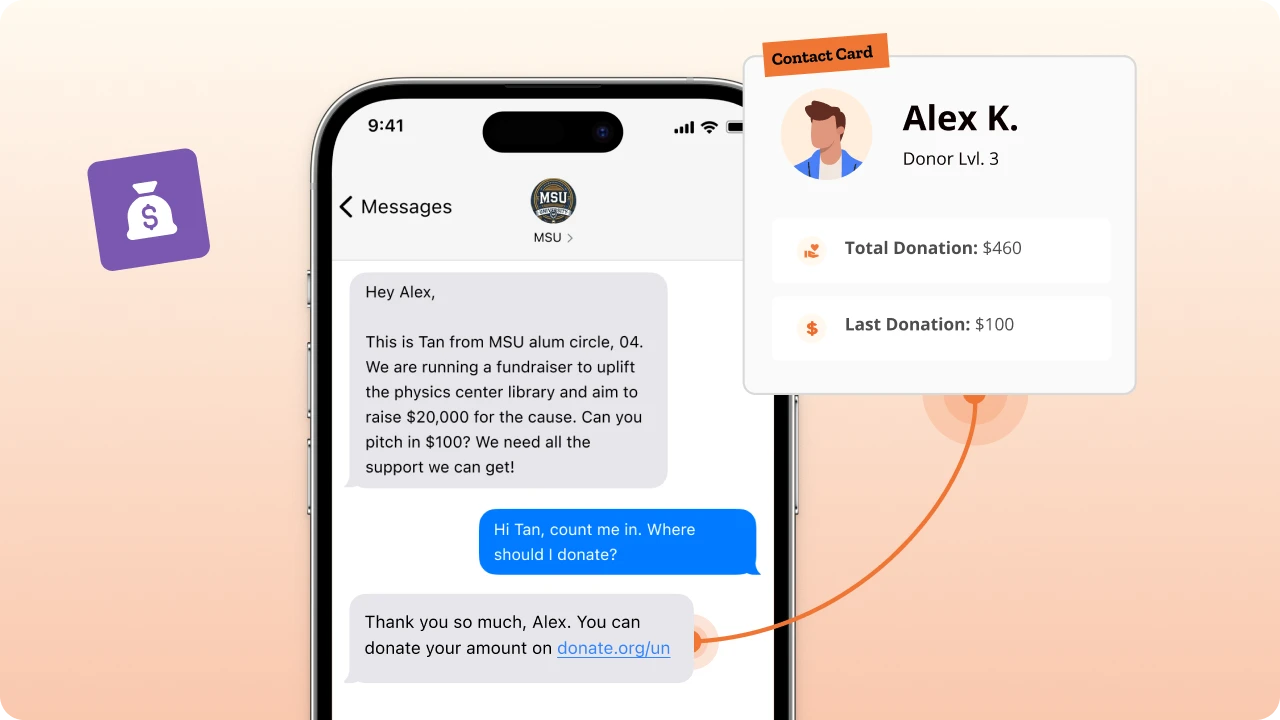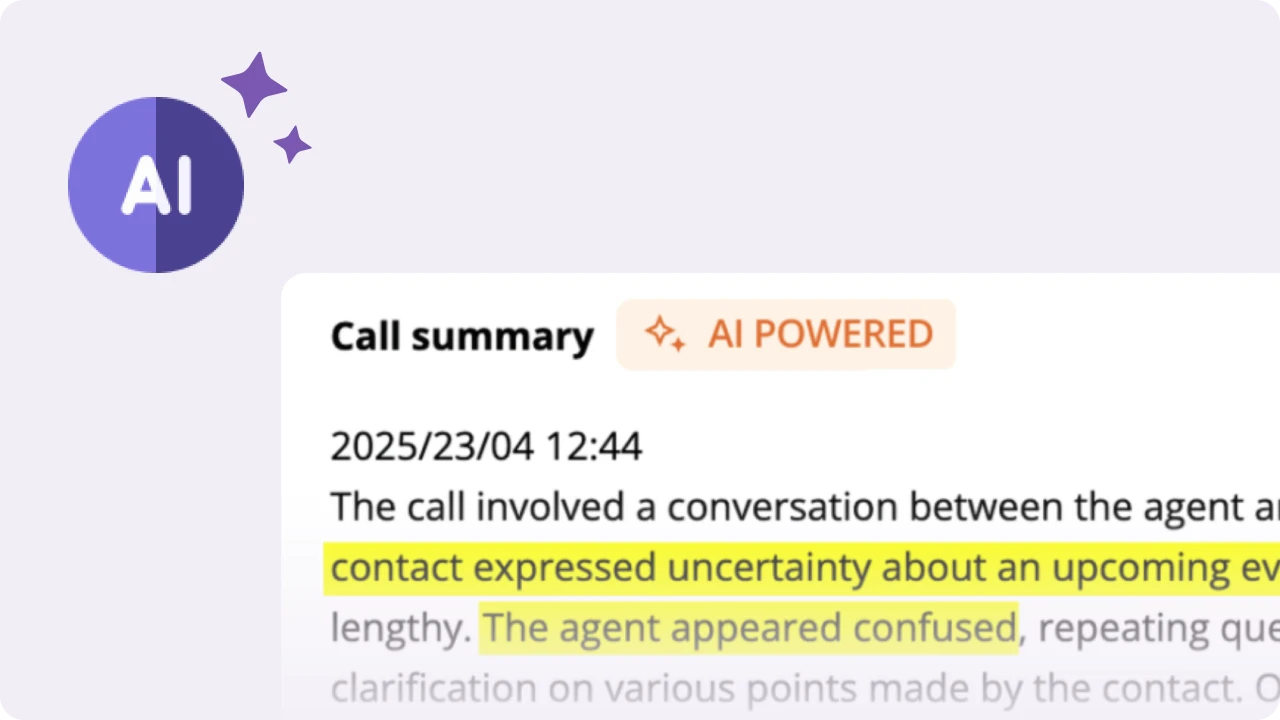Table of Contents
In the fast-paced world of political campaigns, emergencies and snap elections require rapid and effective outreach to mobilize voters. Emergency outreach is the need of the hour, and every campaign needs to take a close look at what works and what is just smoke and mirrors.
In this article, we discuss the best tactics for emergency campaign outreach, weighing the pros and cons of each method and sharing practical advice for campaign managers.
| Key principles for emergency outreach |
| Don’t panic—be creative and decisive. Use a mix of outreach tactics, tailored to the time available and the scale of the election. Prioritize methods that maximize reach and efficiency, especially when time is short. Focus on mobilizing your own supporters, rather than chasing swing voters in the last days. |
Emergency outreach: What works best in a crunch?
If you have only a few days to conduct your outreach, deciding which technique to pursue becomes challenging. There are pros and cons to each type of outreach; of course, everything depends on the budget.
But here’s a quick look at our popular ideas, and what makes them good (or bad), before we get into the details:
| Method | Strengths | Weaknesses/Limitations | Best Use Case |
| Door-to-Door Canvassing | Highest success rate (up to 9% increase in turnout). | Very time-intensive and requires training. | Hyper-local races. Swing voters. Targeted outreach. |
| Phone Banking | Scalable – can reach hundreds per hour. | Lower answer rates. Calls can become unfocused rambles. | Large-scale outreach. Mobilizing supporters. |
| Text Messaging | Instant delivery. High engagement (especially with younger voters). | There is a risk of channel fatigue if overused. | Reminders. Last-minute updates. Mobilizing the base |
Emergency outreach: Door-to-Door Canvassing
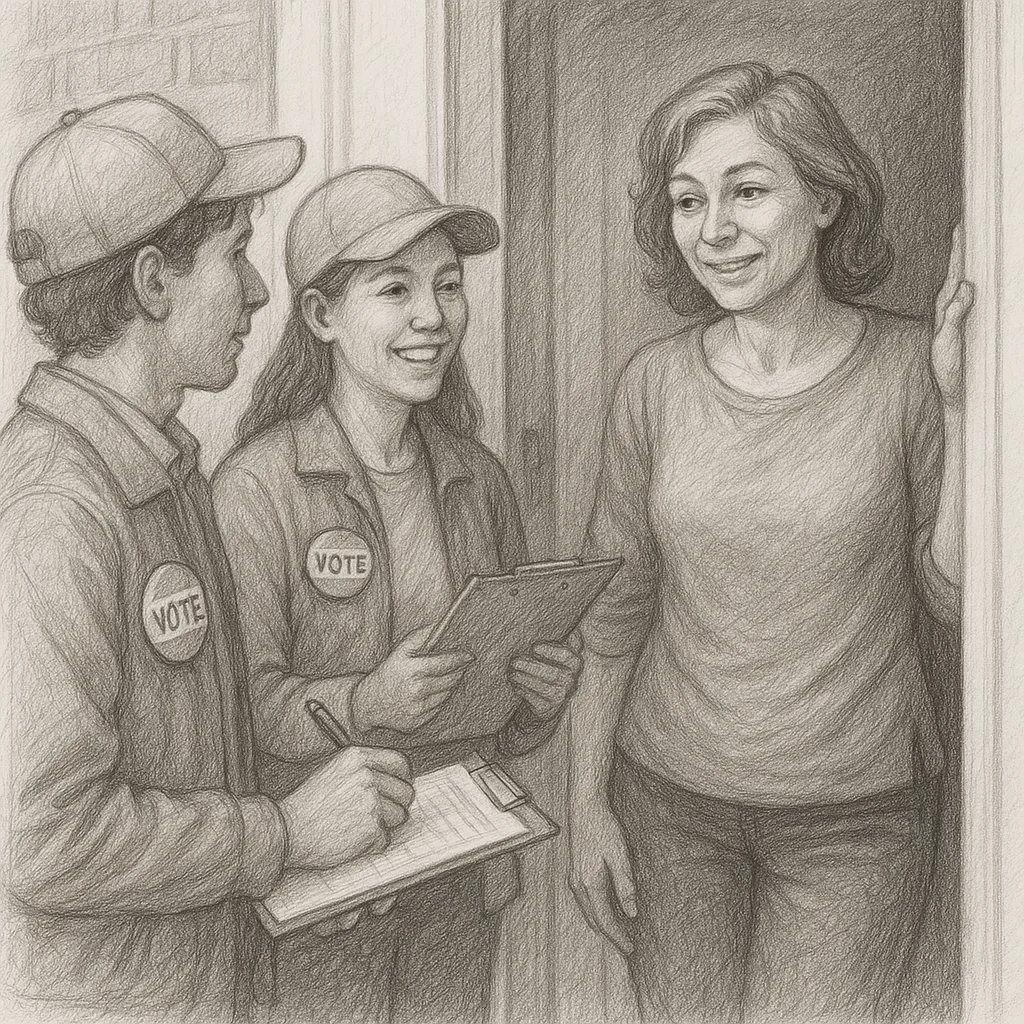
This is the most labor-intensive and expensive option. Costs such as volunteer time and travel, electronic devices and data storage, and local guides tend to pile up. However, this remains the gold standard for voter persuasion and education.
This personal interaction builds rapport and trust in ways that other methods (like phone calls or mailers) cannot match. A meta-analysis of 71 canvassing experiments in the US found, on average, door-to-door canvassing boosted votes by 2.5 percentage points, one of the most consistent effects among get-out-the-vote (GOTV) tactics.
While it is best suited for deep conversations and changing minds, use this method to target key swing voters, rather than for mass outreach in a time crunch.
Limitations: Too slow and resource-intensive for large-scale, last-minute outreach. Training is essential to avoid mixed messaging.
Read more: How Effective Is Political Canvassing? Everything To Know
Emergency outreach: Phonebanking
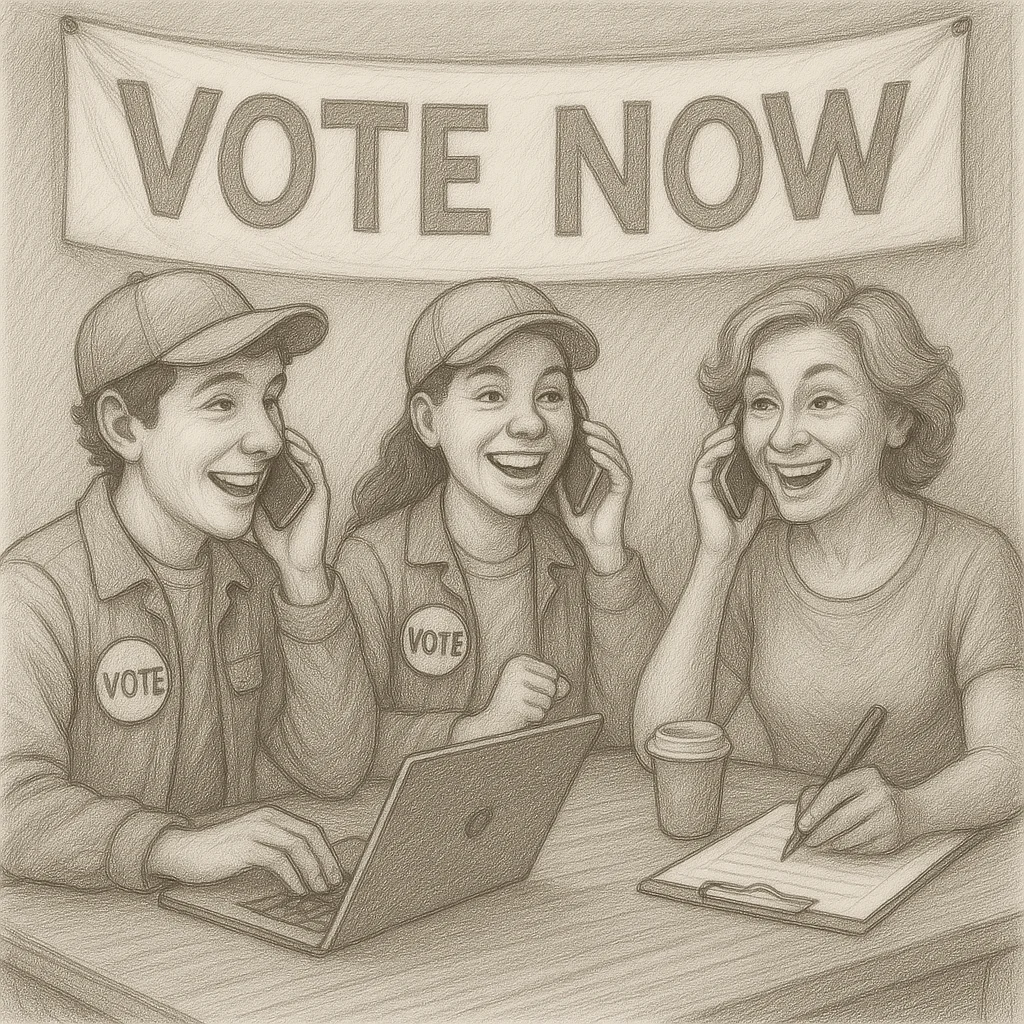
One of CalHub’s core offerings, phonebanking ranks second on the list for emergency outreach after door-to-door (in terms of persuasion).
What do the numbers say? Volunteer phone calls have been shown to increase voter turnout by 2 – 4 percent in randomized controlled experiments. This study (page 2) found that this effect has persisted despite the increasing difficulty of having conversations via phone calls since 2016.
| CallHub phone banking will help you with that answer rate. CallHub dynamically assigns local caller IDs to your calls, and deploys a ‘Spam Label Shield’ to avoid calls being marked as spam. This gives a significant boost to call answer rates. |
The same study confirms that those who answer your call are upto 6 percent more likely to vote, which makes phone banking a powerful tool for emergency outreach, where increasing the number of voters can often be critical.
Read More: Best Time for Phonebanking? We Studied 2 Million Calls for the Answer
In fact, for the best results, call them twice. As a 2009 study found, calling back those who have expressed a commitment to vote or requested a callback can triple the effectiveness of the phone banking campaign.
And phone banking remains strong. As recently as 2020, the progressive advocacy group People’s Action claims to have made a whopping 5 million GOTV calls.
Limitations: Training volunteers for the calls is crucial. All studies agree that paid professional calls have a very limited effect on voters. You need to have volunteers to make the calls, and they need to be well-trained to persuade voters.
Read More: The Truth About Political Phone-Banking Failures
Text Messaging
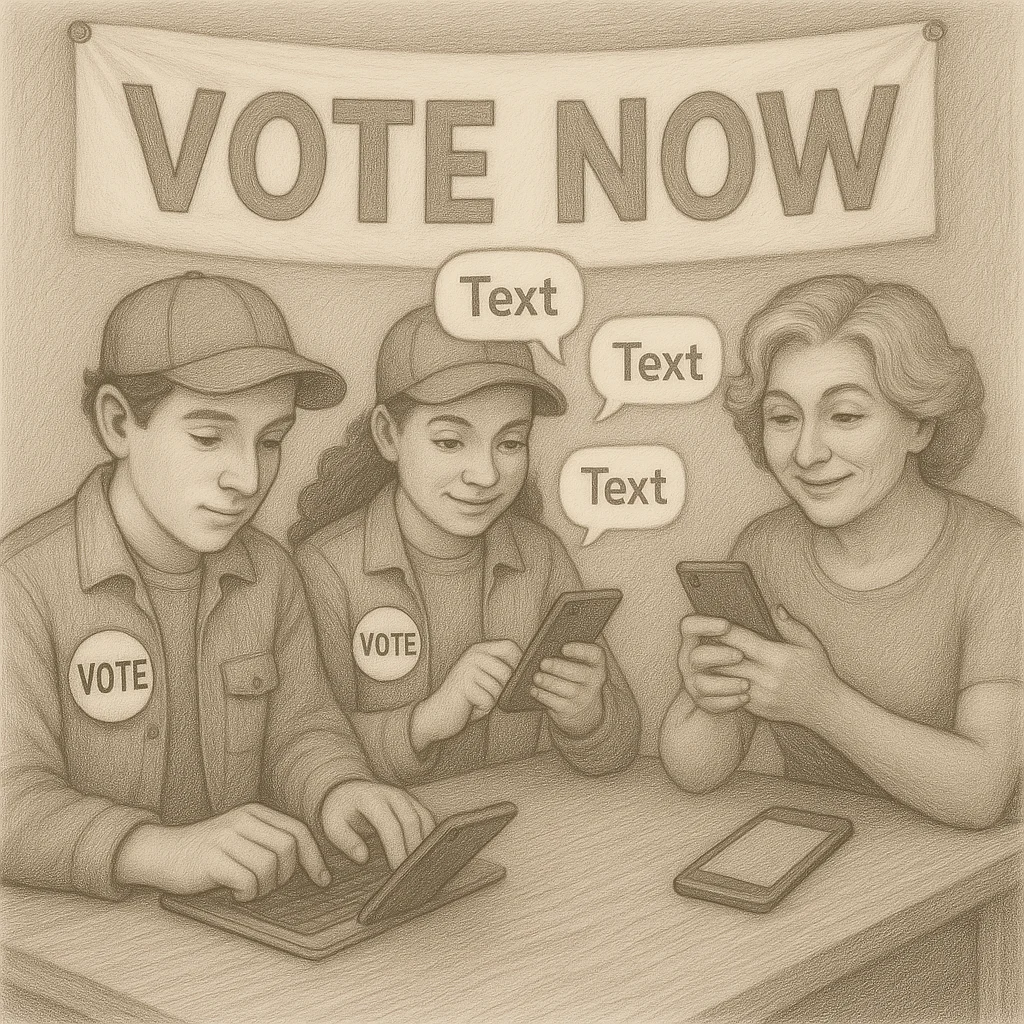
Another robust offering by CallHub, text messaging is the fastest way to reach a large number of people, especially Millennials and Gen Z, who may ignore calls and doorbells.
Plus, you can use MMS and RCS (GIFs, videos, images) for more engaging content, whether you want to send out reminders to voters, provide last-minute updates, or mobilize your existing supporters at the last minute.
As long as you don’t send out too many texts in a short duration and annoy recipients, this will be an innovative and strategic weapon in your outreach arsenal.
| Don’t forget to make peer-to-peer (P2P) texting a part of your texting outreach. Combined with features like FastP2P and a mobile app, CallHub allows for real-time two-way conversations, enabling campaigns to answer questions, resolve issues, and mobilize volunteers instantly. |
A study by the Environmental Voter Project during the 2021 primary elections (by both parties) in Pennsylvania found that using SMS during GOTV increased turnout by one percent.
That may not sound like much. But this is the very basis of emergency outreach. Last-minute GOTV efforts are unlikely to significantly swing things in your favor. But it will swing things just enough to make close battles end in your favor.
Limitations: Texts are easy to ignore, so the ROI will be muted when compared to other methods. Crafting the perfect text message, image, audio note, or video note requires effort and expertise.
Read More: SMS vs RCS: Find the Best Fit for Your Campaign
Strategic takeaways
While every election is unique, the above-mentioned ‘tech’ is the best (and sometimes the only) means of getting your message across. But don’t follow any tool like an automation.
You must employ some strategic guile to achieve the best results. And here are some of our favorite tactics for last-minute outreach:
- Prioritize mobilization over persuasion: In the final days, focus on getting your supporters to the polls rather than trying to sway undecided voters. Boosting turnout among your base is often more impactful than chasing swing voters.
- Mix and match tactics: Combine methods for best results—use door-to-door for key targets, phone banking and texting for mass outreach, and social media for amplification.
- Volunteer training matters: Whether on the phone or at the door, volunteers need clear scripts and training to keep conversations effective and on-message.
- Avoid over-communication: Be strategic with frequency and content. Too many messages (especially texts) can lead to a backlash.
By following these principles and adapting to the unique pressures of last-minute campaigning, campaigns can maximize their chances of success, even under tight deadlines.
